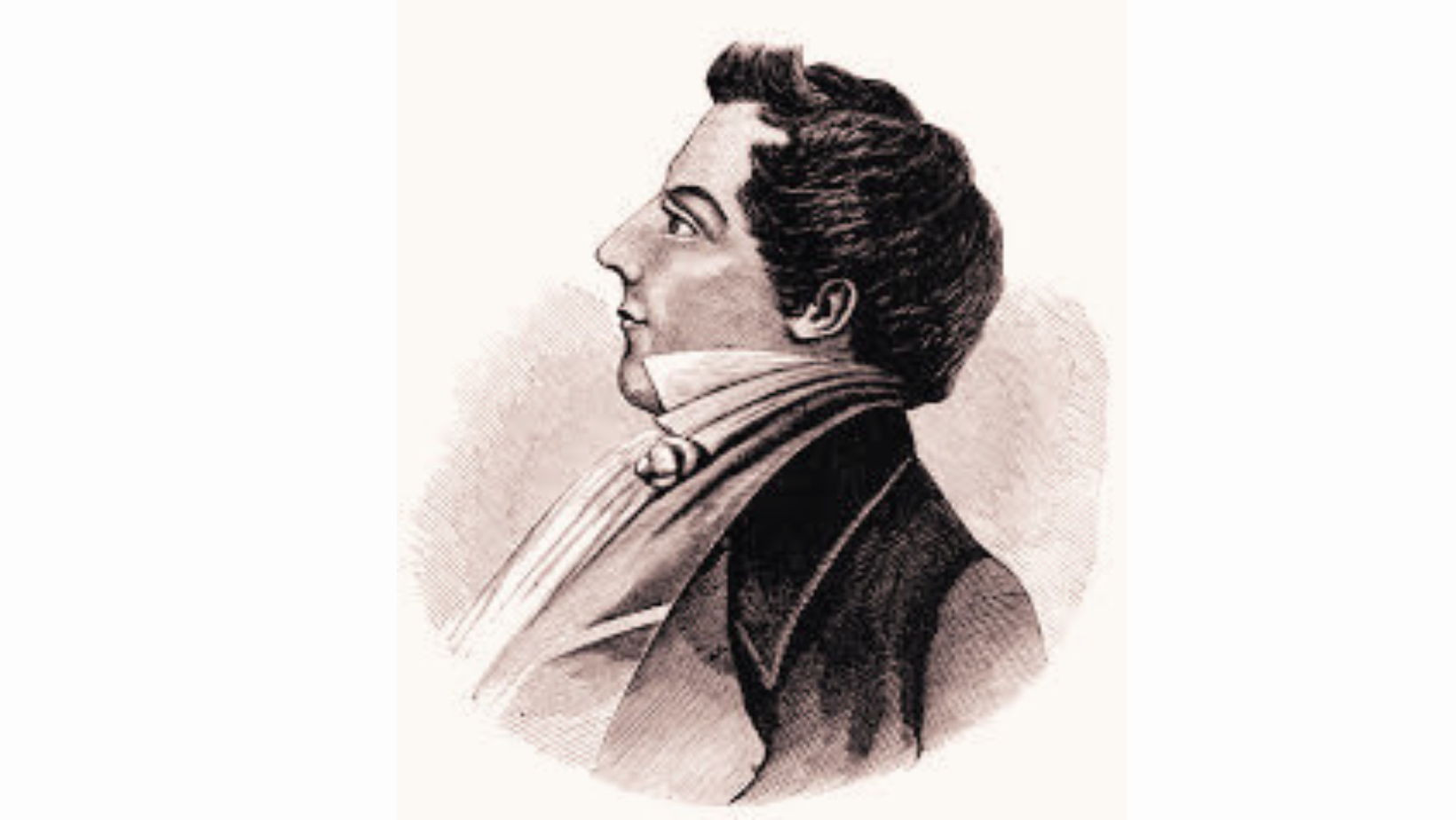Articles/Essays – Volume 25, No. 3
The Administrative Role of the Presidency: The Founding Prophet: An Administrative Biography of Joseph Smith, Jr.
This useful work provides a worthy synopsis of the early history of the Restoration Movement. In particular, it offers important insights about the administrative role of the presidency from Maurice Draper, a member of the RLDS First Presidency for twenty years.
I began this book expecting to come know Joseph Smith, Jr., more intimately. I was chiefly looking for insights into the motivation, personality, and organizational struggle that forged and shaped the familiar history and experiences of the early Restoration. However, The Founding Prophet does not delve deeply into such transformational tensions. While it treats the early movement’s organizational history, it uses administrative structures primarily as background for a restatement of historical events. Consequently, it offers little of Joseph Smith, Jr.’s or the emerging church’s administrative personality. Length and format limitations in a work like this unfortunately necessitate generalizations which prove much too limiting for the expansive mind of Maurice Draper.
Nevertheless, Draper does draw the readers’ attention to many significant administrative situations. In many cases, these reflect problems and concerns that he himself faced as a member of two leading quorums of the RLDS Church: the Twelve from 1947 to 1958 and the First Presidency from 1958 to 1978. As a result, the book reveals much about RLDS administrative personality, and nearly as much about Maurice Draper as about Joseph Smith, Jr.
Draper initiates an insightful exploration of the impact of experience and circumstance upon Joseph’s administrative style. His discussion of individual agency versus authoritative leadership (pp. 168–69), illustrated by his reference to the First Presidency and High Council’s general letter to the “Saints scattered abroad,” is especially useful. Yet I still wanted to know more about the evolution of church administration: the struggle over corporate structure and procedure; the role of government; the church’s search for and pursuit of authority; priesthood structure; and stewardship procedure, gathering, and temple building, to name a few examples.
It is my hope that Maurice might expand upon this foundation, for his valuable insights would ably serve the scholarly community.
I also look forward to future, perhaps less reserved, commentaries on the administrative actions of the founder of the Restoration. Nevertheless, employing this approach, The Founding Prophet provides instructive illustrations of the movement’s early organizational and doctrinal development.
The Founding Prophet: An Administrative Biography of Joseph Smith, Jr. by Maurice L. Draper (Independence, Mo.: Herald Publishing House, 1991), 255 pp. $14.00.
RLDS Church Archivist Ronald E Romig expected The Founding Prophet: An Administrative Biography of Joseph Smith, Jr. to be exclusively about Joseph Smith. Instead Maurice L. Draper who was both a member of the RLDS Quroum of the Twelve Apostles and the First Presidency, focused more on different adminstrative situations in the RLDS church.


 Back to full Issue
Back to full Issue

